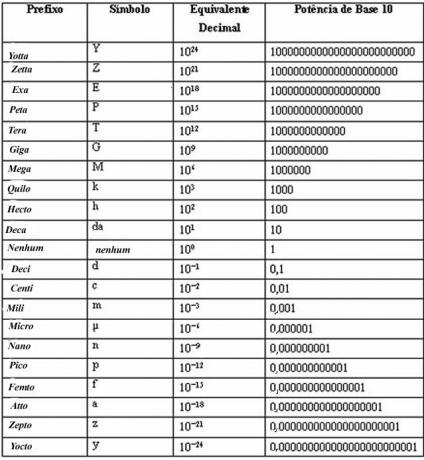You magnets are ferromagnetic materials that have the property of attracting or repelling other magnets. Furthermore, one of the characteristics of materials of this nature (ferromagnetic) is that they magnetize themselves strongly (become magnets) in the presence of a magnetic field.
Experimentally, it is observed that conducting bodies lose all their ferromagnetic properties when heated to certain temperatures. This temperature is characteristic of each material and is called the Curie point.
O Curie point is the limit temperature for the material to remain ferromagnetic. Above that temperature, a material is no longer ferromagnetic and becomes paramagnetic. The materials paramagnetic they are attracted to magnets, however, very weakly.
Do not stop now... There's more after the advertising ;)
Below we have the temperature values of some materials that lose their magnetic properties when subjected to these temperatures:
MATERIAL |
CURIE POINT (K) |
Iron (Fe) |
1043 |
Cobalt (Co) |
1388 |
Nickel (Ni) |
627 |
Image Credits: rook76 and Shutterstock.com
By Nathan Augusto
Graduated in Physics
Would you like to reference this text in a school or academic work? Look:
FERREIRA, Nathan Augusto. "Influence of temperature on magnetization"; Brazil School. Available in: https://brasilescola.uol.com.br/fisica/influencia-temperatura-sobre-imantacao.htm. Accessed on June 27, 2021.


